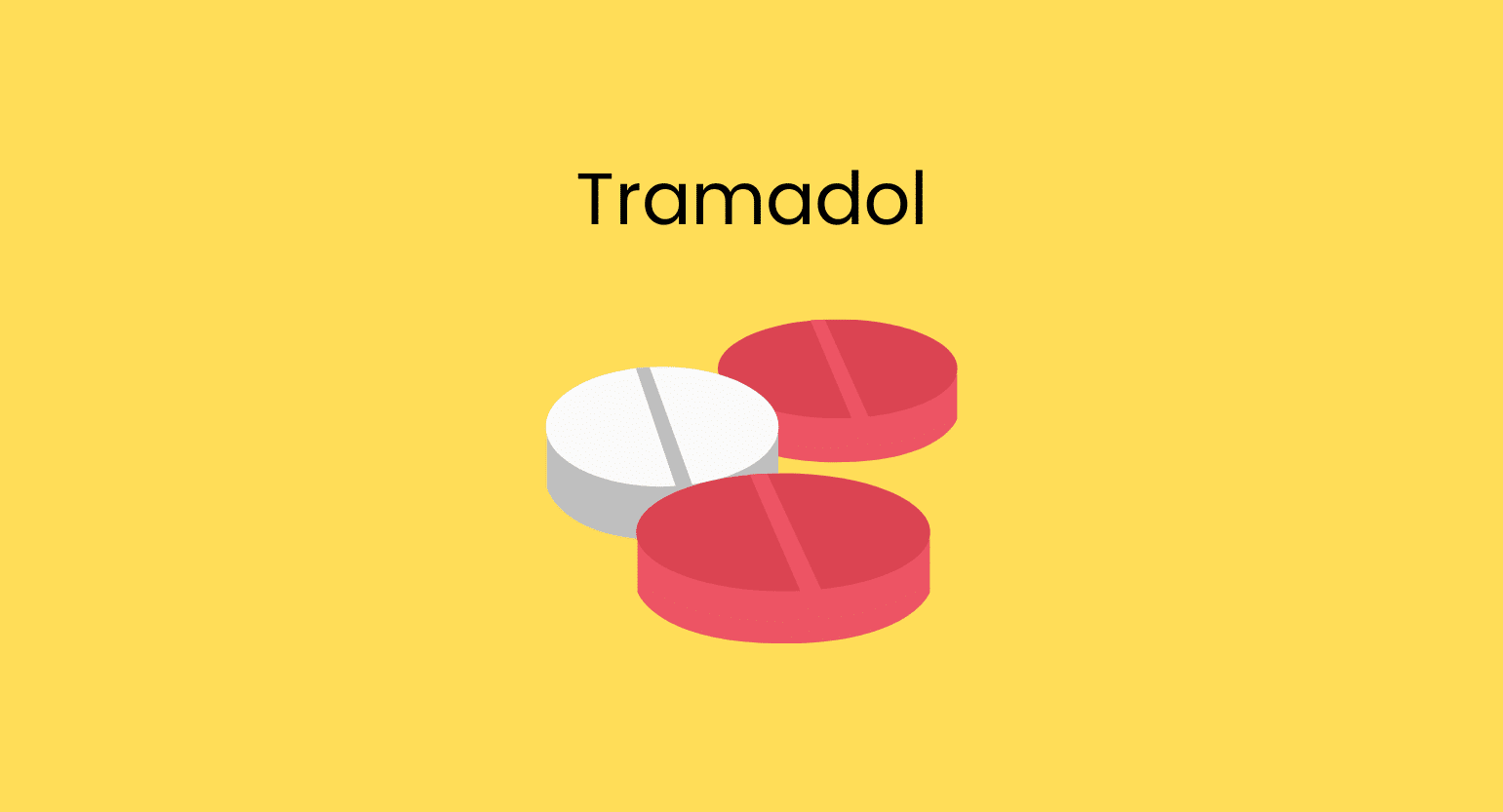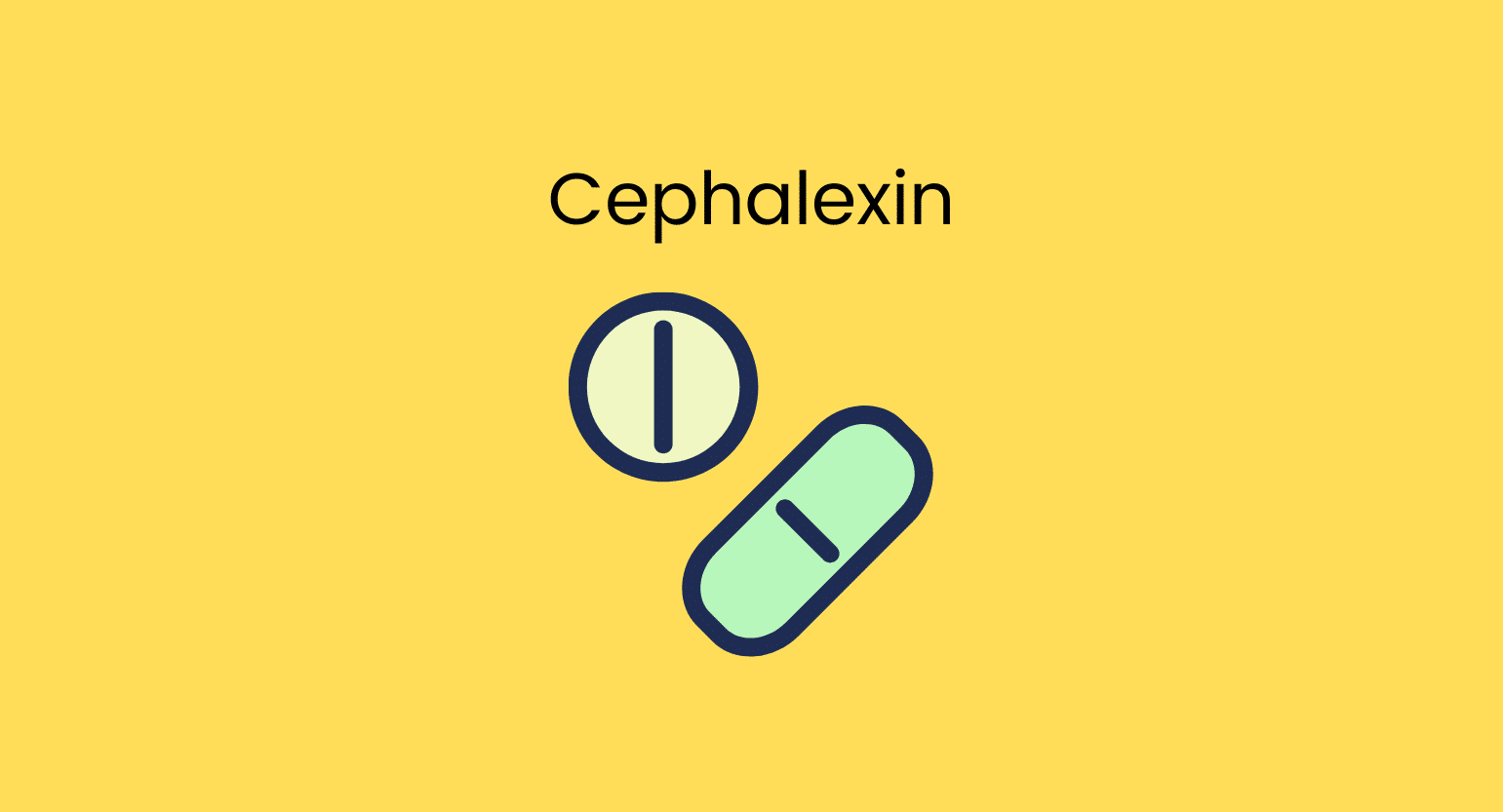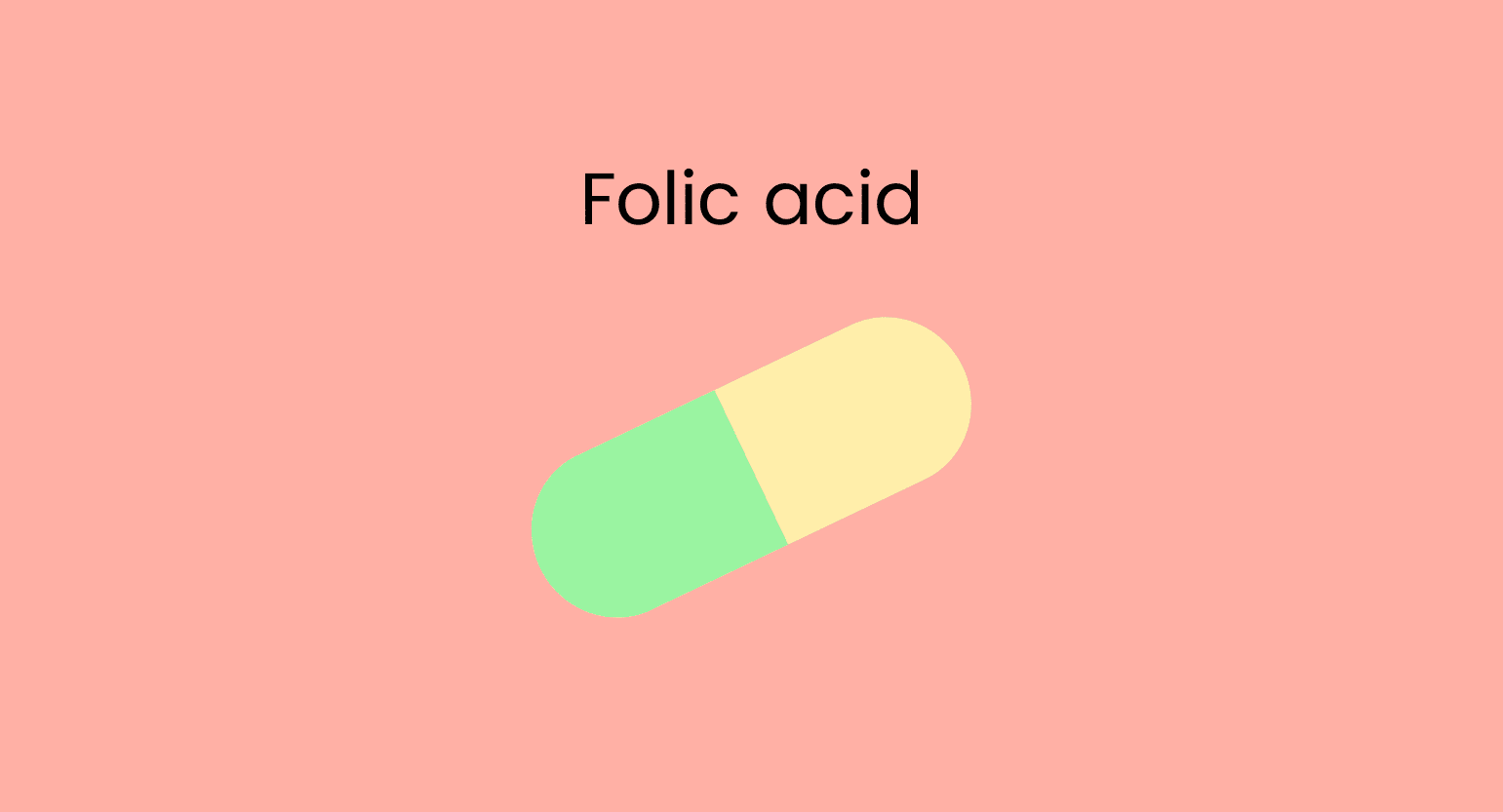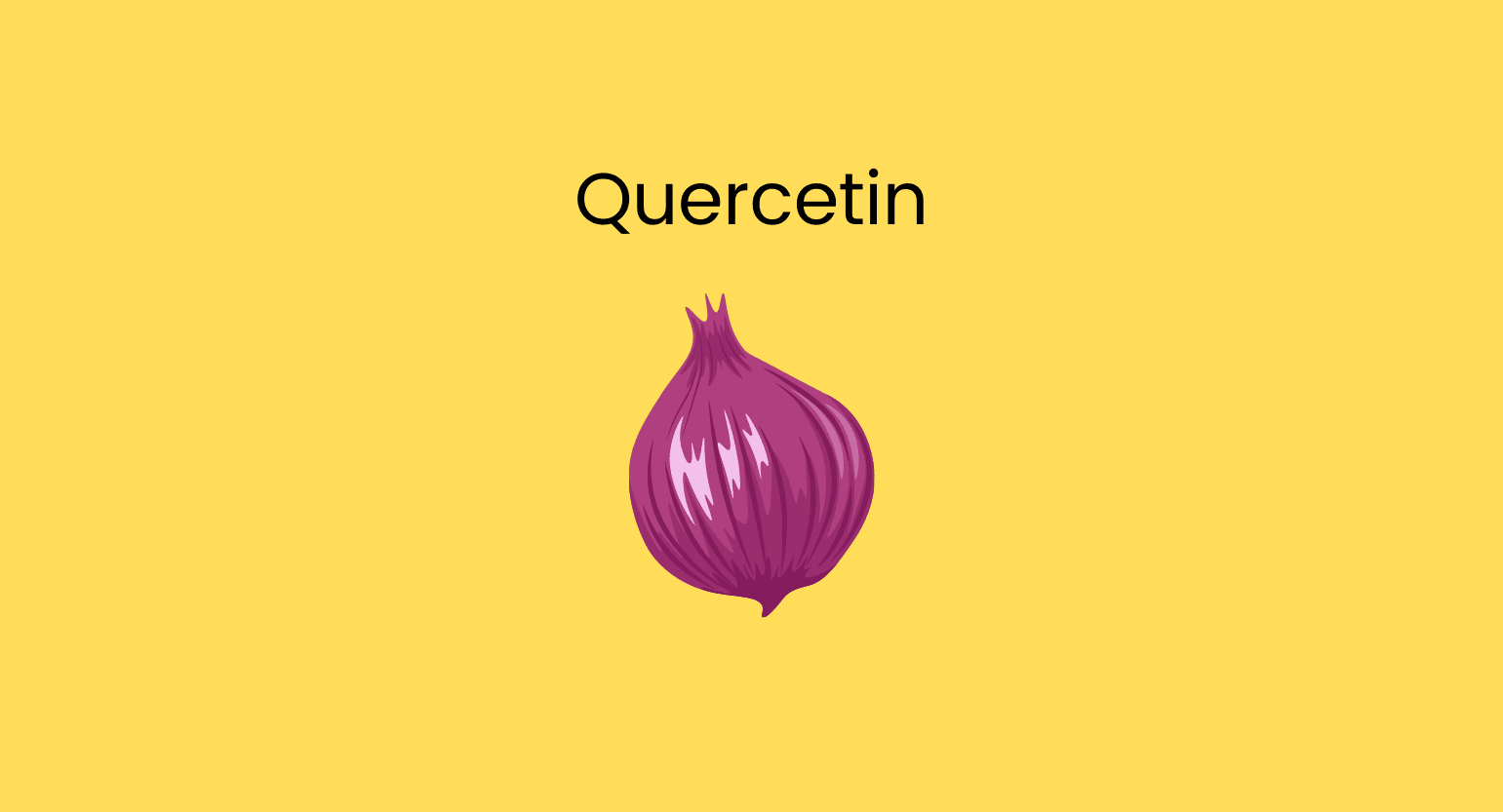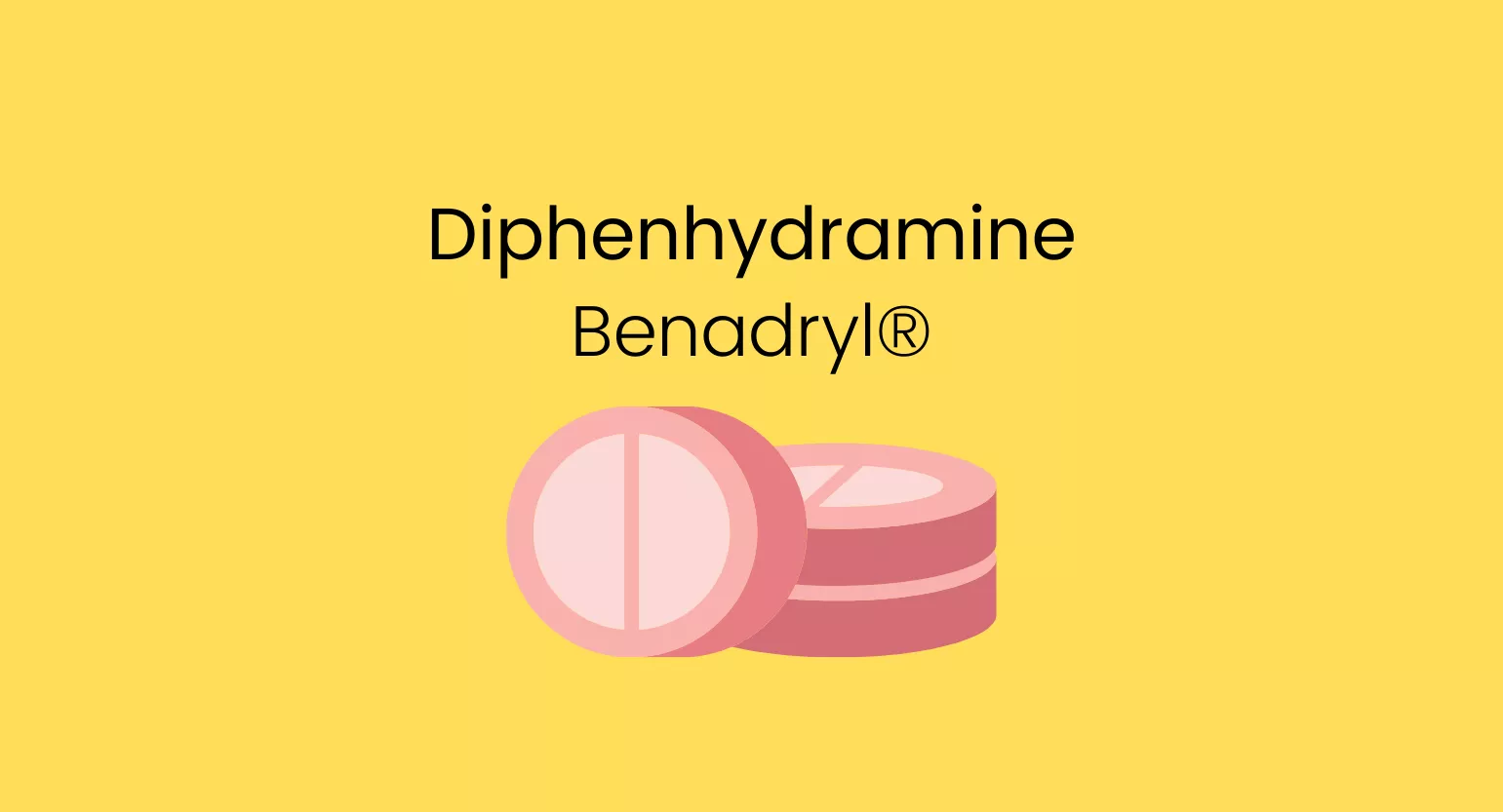Does Kratom Interact With Tramadol?
Yes, kratom and tramadol are very likely to interact — potentially leading to life-threatening side effects.
Firstly, tramadol and kratom interact with the opioid receptors in the body [1, 2]. Both substances induce pain relief, but they can also cause headaches, dizziness, extreme drowsiness, and sedation if taken together. This phenomenon is known as an agonistic interaction.
Moreover, kratom and tramadol are considered metabolic competitors. The cytochrome P450 enzyme group metabolizes most of the substances and supplements we take. In this case, the CYP2D6 enzyme metabolizes kratom and tramadol [3, 4].
Taking these two together can slow the metabolism rate, leading to a higher chance of side effects. This issue is compounded with repeated doses.
Mixing tramadol and kratom leads to increased blood plasma levels of tramadol and puts the user at a heightened risk of severe adverse effects.
Is it Safe to Take Kratom With Tramadol?
No, this combination should be avoided.
In general, mixing kratom with any other opiate-like substance is not recommended.
No drug is 100% harmless, but by itself, kratom is remarkably safe. Many people turn to kratom instead of opiate painkillers for this reason.

What is Tramadol?
Tramadol is a synthetic opioid analgesic [2]. It’s available only through prescription and is a Schedule IV drug in the Controlled Substances Act. This designation entails the drug has accepted medical uses and a low potential for abuse and dependence. In this sense, it is considered less dangerous than other opioid medications like diamorphine or methadone.
Tramadol exists in both instant-release and extended-release formulations; it is also available by injection.
Tramadol works on the body’s μ-opioid receptors [5], and it’s also a serotonin-norepinephrine reuptake inhibitor (SNRI), which means it has anti-depressant qualities.
In 2019, tramadol was the 35th most commonly prescribed medication in the United States
Tramadol Specs
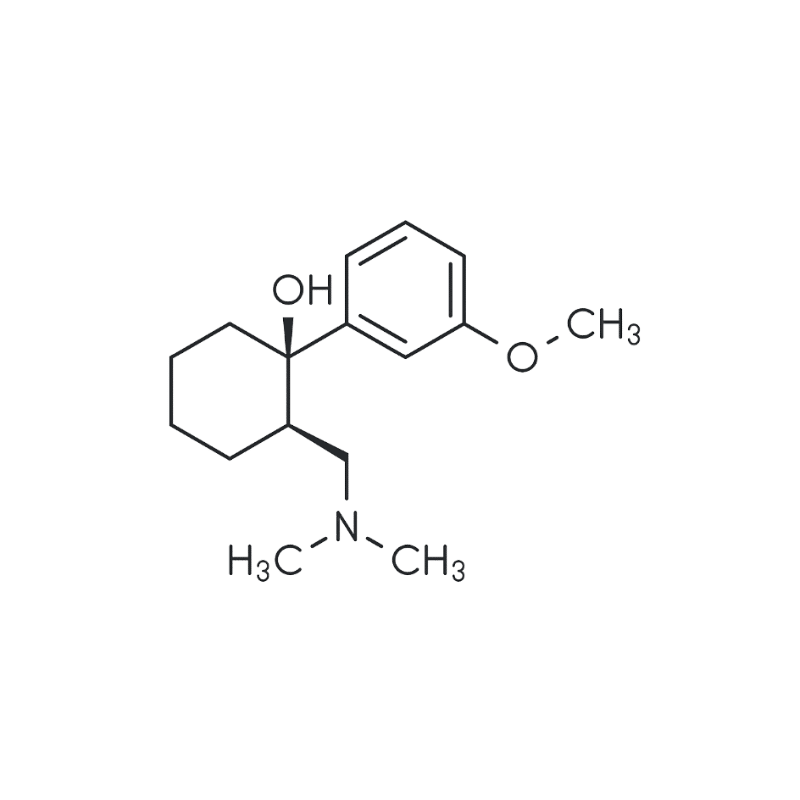
| Drug Name | Tramadol |
| Trade Name | Ultram |
| Classification | Opioid |
| CYP Metabolism | CYP2D6, CYP3A4 |
| Interaction With Kratom | Agonistic & Metabolic Inhibition |
| Risk of Interaction | High |
What is Tramadol Used for?
The FDA has approved tramadol to manage moderate to severe chronic pain in adults who require around-the-clock treatment for an extended period.
Because of the inherent risks of addiction and misuse, the FDA recommends tramadol only in instances where non-opioid analgesics have not been tolerated or have not been able to provide adequate analgesia.
Because it’s an SNRI, research suggests that tramadol is effective as an anti-depressant [6]. However, this is an off-label usage since it has not been approved for this purpose.
Lastly, another suggested off-label use for tramadol is the second-line treatment of fibromyalgia [7].
What’s the Dose of Tramadol?
Since tramadol is a prescription-only drug, the precise dosage regimen of a user should always be handled by a physician. Do not attempt to deviate from your doctor’s dosage recommendations.
As a general guideline, the FDA recommends that users utilize the lowest effective dosage for the shortest duration consistent with individual patient treatment goals.
Unless the user is in acute pain and needs considerable analgesic relief, the dosage recommendations for tramadol usually involve starting on a low dose and then incrementally increasing until the effective dosage is achieved.
Generic & Brand Name Versions
Tramadol is available under the following brand names:
- Ultram
- Zytram
- Qdolo
- Ryzolt
- ConZip
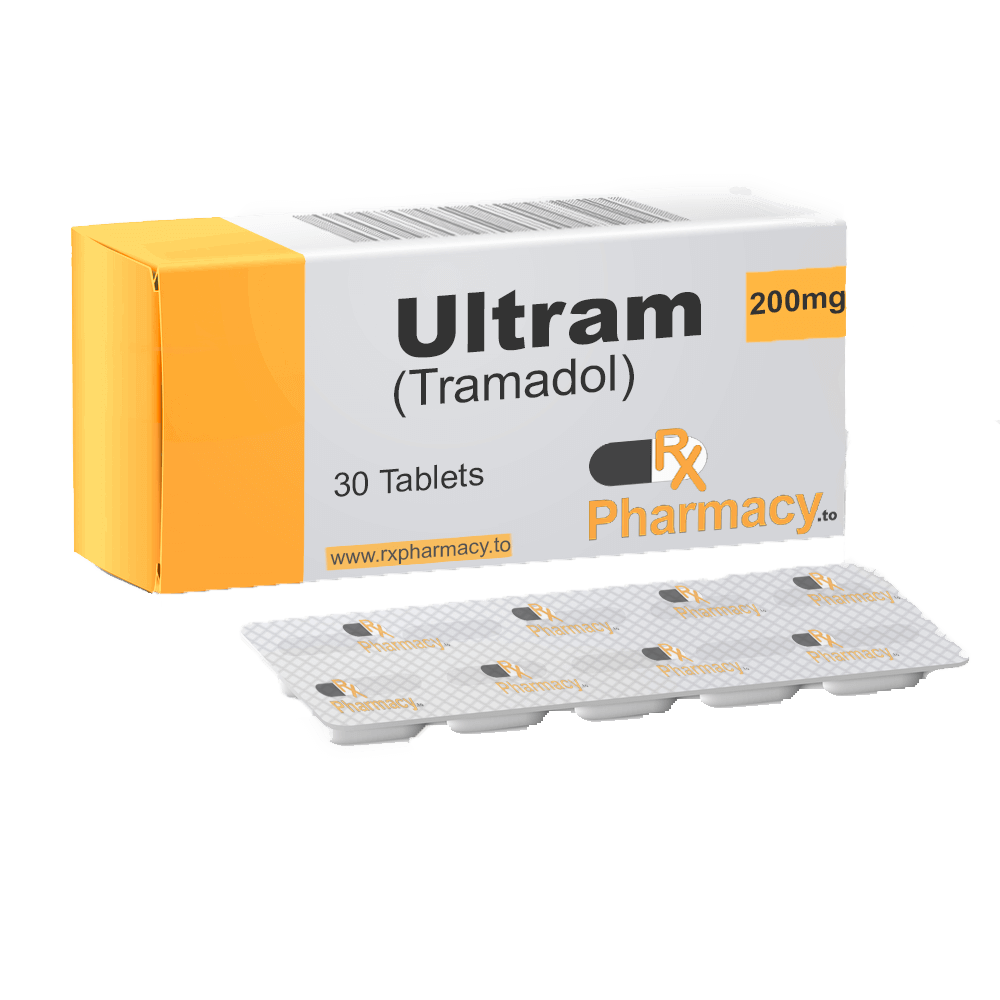
What Are the Side Effects of Tramadol?
Similarly to other opiate medications, the most common side effects of tramadol are nausea, dizziness, constipation, vomiting, drowsiness, and headaches [8]. More serious adverse effects include seizures, suicidal ideation, serotonin syndrome, anaphylactic and allergic reactions, and respiratory depression.
There are also several contraindications for tramadol:
- Concomitant use with CYP2D6 and 3A4 inhibitors
- Concomitant use with other CNS depressants
- Labor and delivery
- Patient with bronchial asthma
- People under 18
- Pregnancy and lactation
- Severe renal and hepatic impairment
Finally, note that tramadol does have the capability to cause physical and mental dependence, as well as withdrawal symptoms.
What is Kratom?
The kratom plant (Mitragyna speciosa) is a tropical evergreen tree native to Southeast Asia, namely Vietnam, Thailand, Indonesia, and Malaysia. It’s been used there for centuries by the indigenous peoples for many health benefits.
Kratom has a whole suite of psychoactive properties that derive from the potent alkaloids contained within it.
Despite FDA meddling, the kratom community in the United States is going strong. This incredible compound has already helped improve the lives of thousands of people.
Kratom does indeed have its dangers (as basically all drugs do), but with proper care and responsibility, kratom is widely regarded as safe to consume.

What is Kratom Used for?
Even though scientific research on kratom is not so widespread, some studies back up many of its traditional uses.
Here are some common modern uses for kratom:
- ADHD (Attention Deficit & Hyperactivity Disorder)
- Anxiety
- Arthritis pain
- Benzodiazepine withdrawal syndrome
- Chemotherapy-related pain
- Chronic back pain
- Depression
- Energy & focus
- Fibromyalgia
- Insomnia
- Migraines
- Mood enhancement
- Opiate withdrawal symptoms
- Nerve pain
- Pain
- Psoriatic arthritis
Kratom’s uses are clearly to extend beyond this and might help with weight loss or improve one’s sex life.
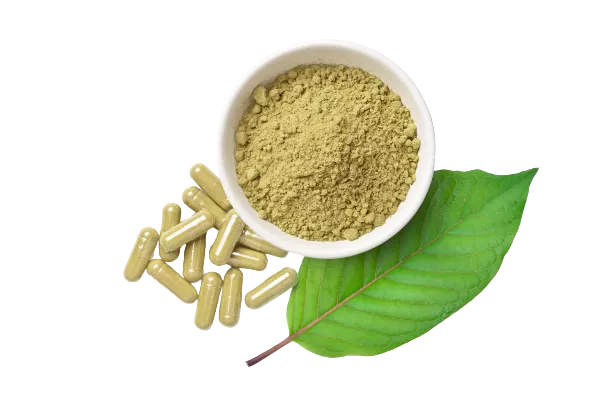
What’s the Dose of Kratom?
Kratom dosage can get tricky because as the dose increases, the effects of kratom will start to shift into new properties. This is why kratom has such a vast number of benefits!
| Dose size | Dried powder weight (g) |
| Low dose | 2 – 4 g |
| Medium dose | 4 – 8 g |
| High dose | 8 – 12 g |
| Ultra-high dose | >12 g |
A low dose of kratom will provide stimulant and energizing effects similar to coffee or the coca plant. Users will feel energized and have increased concentration; it even provides mood-boosting effects.
However, once we increase the dose over 4 grams, kratom’s effects start becoming more analgesic and anxiolytic —perfect for those suffering from anxiety or chronic pain!
Large doses of kratom will increase the intensity of the former effects and provide sedative and tranquilizing benefits.
For a more in-depth explanation, check out our general dosing guidelines.
What Are the Side Effects of Kratom?
Kratom is safe but has few side effects, though these usually ocurr when taking higher doses or skipping tolerance breaks.
The most common side effects of kratom may include the following:
- Anxiety or restlessness
- Constipation
- Diarrhea
- Dizziness
- Depression
- Frequent urination
- Headaches
- Heart palpitations
- High blood pressure
- Nausea and vomiting
- Numbness
- Sedation and prolonged sleepiness
Severe adverse effects of kratom may include:
- Addiction & dependence
- Itchiness
- Liver damage (with long-term use)
- Loss of muscle coordination
- Low blood pressure
- Low libido
- Nausea
- Poor appetite
- Seizures
- Tremors
- The Wobbles
- Withdrawal symptoms
Kratom deaths are incredibly rare and the concomitant use of other dangerous drugs like cocaine and heroin are present in almost all instances.

What Are the Different Types of Kratom?
Kratom comes in four main strains: white, red, green, and yellow.
In order to make informed decisions about using kratom, it is important to understand the effects that each strain can have on the body. Some strains may be better for relieving pain, while others may provide more energy.
By understanding the different strains, you can choose the one that best meets your needs and goals.

White Vein Kratom
White vein kratom is known for being the most energetic kratom strain. White vein strains are commonly possitioned at the stimulant side of the spectrum: expect potent boosts in energy and focus and an enhanced mood.
If your morning coffee isn’t getting the job done, go with a white veined kratom strain!

Red Vein Kratom
Red vein kratom will help users experience the analgesic and anxiolytic aspects of the kratom spectrum.
Red-veined kratom strains are incredibly popular with those looking for relief that hasn’t responded to pharmacological painkillers or antidepressants. The kratom community is filled with stories of people who’ve tried red veins and are much relieved.

Green Vein Kratom
Green vein kratom is sort of the in-between of white and red. Instead of providing a targeted experience, it will give the users a nice and balanced ride.
If you want to try out all of the elements of the kratom spectrum equally, then definitely go with a green vein.

Yellow Vein Kratom
Yellow vein kratom is made out of a mixture of white and red veins— its perfect for first-timers or those who have tried kratom and found that they have a sensitivity to it.
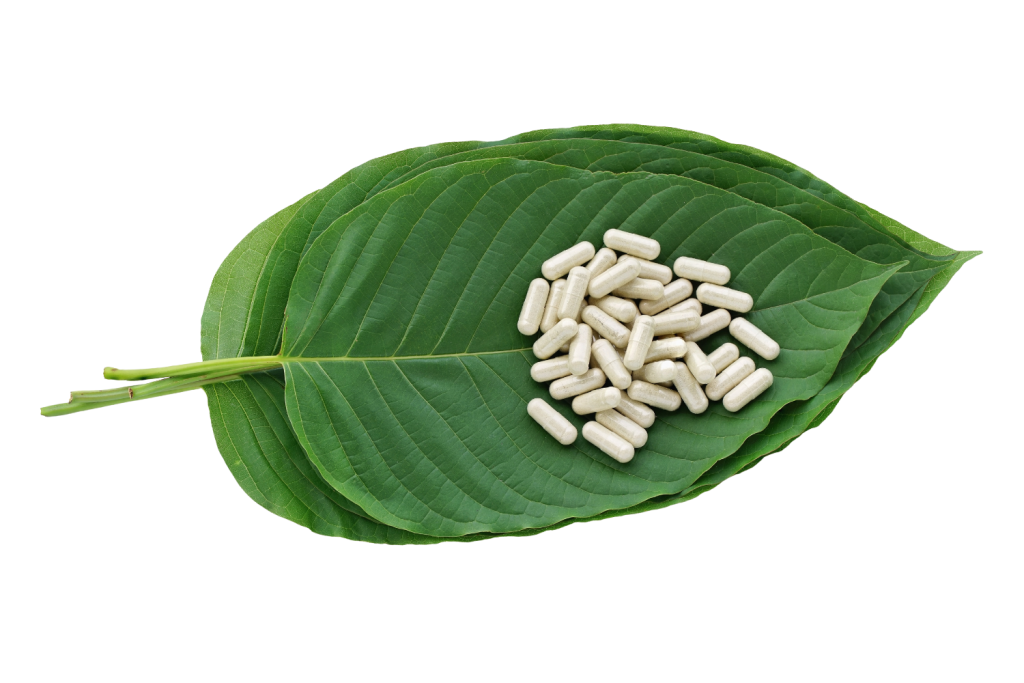
Key Takeaways: Is it Safe to Mix Kratom & Tramadol?
No, kratom and tramadol should not be mixed for any reason.
These drugs have too much overlap in how they work, and tramadol carries too high a risk for side effects — many of which can cause a life-threatening injury. Taking kratom and tramadol carries a high risk of overdose.
If, for some reason, you feel like you must take both tramadol and kratom, then we suggest you contact your doctor and explore what other options are available for you.
- Matsumoto, K., Horie, S., Ishikawa, H., Takayama, H., Aimi, N., Ponglux, D., & Watanabe, K. (2004). Antinociceptive effect of 7-hydroxymitragynine in mice: Discovery of an orally active opioid analgesic from the Thai medicinal herb Mitragyna speciosa. Life sciences, 74(17), 2143-2155.
- Dhesi, M., & Maani, C. V. (2019). Tramadol.[Updated 2019 Jan 06]. StatPearls [Internet]. Treasure Island (FL): StatPearls Publishing.
- Gong, L., Stamer, U. M., Tzvetkov, M. V., Altman, R. B., & Klein, T. E. (2014). PharmGKB summary: tramadol pathway. Pharmacogenetics and genomics, 24(7), 374.
- Hanapi, N. A., Ismail, S., & Mansor, S. M. (2013). Inhibitory effect of mitragynine on human cytochrome P450 enzyme activities. Pharmacognosy research, 5(4), 241.
- Raffa, R. B., Buschmann, H., Christoph, T., Eichenbaum, G., Englberger, W., Flores, C. M., … & Tzschentke, T. M. (2012). Mechanistic and functional differentiation of tapentadol and tramadol. Expert opinion on pharmacotherapy, 13(10), 1437-1449.
- Bumpus, J. A. (2020). Low-dose tramadol as an off-label anti-depressant: a data mining analysis from the patients’ perspective. ACS Pharmacology & Translational Science, 3(6), 1293-1303.
- MacLean, A. J., & Schwartz, T. L. (2015). Tramadol for the treatment of fibromyalgia. Expert Review of Neurotherapeutics, 15(5), 469-475.
- Langley, P. C., Patkar, A. D., Boswell, K. A., Benson, C. J., & Schein, J. R. (2010). Adverse event profile of tramadol in recent clinical studies of chronic osteoarthritis pain. Current Medical Research and Opinion, 26(1), 239-251.

